
In the late 1950’s Soichiro Honda and his engineers stopped borrowing from other motorcycle designers and made a totally unique overhead cam parallel twin 247cc engine. Initially this engine went into a pressed steel frame similar to those used on NSU motorcycles, later morphed into the Honda CA72 Dream 250 in several iterations. But in 1961 the Honda Hawk, the CB72, and months later the CB77, a more popular 305cc Super Hawk version, hit showrooms. The 250 Hawk and 300 Super Hawk used tubular steel frames, incorporated the engine as a stressed member, had big brakes, flat bars, adjustable footpegs. Honda even offered a race kit deep with tuning parts encouraging owners to go road racing.
Given the 250cc motorcycle was a popular Japanese and European displacement in the 1960’s, the Hawk was a truly a superbike in that displacement class. It was developed in parallel with Honda’s CR72 and CR77 “customer racers” which were true production racers at several times the price, with extremely limited production. In 1961 very few machines from any manufacturer offered double leading shoe front brakes, let alone same at the rear like the Honda Hawk. The adjustable footpegs allowed for three footpegs locations plus rotation, these and flat bars, and kit clip-ons, allowed for the road racer crouch. Using cast lug/brazed, gusseted frames, these machines handled very well. The crankshaft was built up as pressed together components and used one piece connecting rods, ball and roller bearings, a camshaft running on ball bearings, greatly advanced over British and American offerings. Giving a Super Hawk maybe a mile to wind out in top gear, some contemporary tests claimed nearly 105mph top speed.
Downsides? 1960’s two-strokes from Yamaha, Kawasaki and Suzuki made about 25% more horsepower than Honda’s four-stroke in the 250 class. But any of these Japanese 250’s and 300’s could give a British 500 or 650 rider fits unless his bike was well tuned. The fuel tank lead some to refer to it as the “unsightly Honda hump,” and the CB450 which came along a few years later did not much improve on this styling. The four-speed transmissions were good but prone to dogs wearing prematurely causing a skipping second gear. Forward rotating kick-starters were prone to failure, though rarely used due to good electric starting. Some would say the silver painted fenders when compared to chrome from Yamaha was sub-standard design. But looking back, this was a fine 250cc and 305cc offering greatly advanced in engineering, a little heavy, but very tough. As they did in the early 1960’s, the Hawk and Super Hawk have a great following today, but even the best examples are found at well under $10,000. For the 1968 model year, the Super Hawk was discontinued and the more modern in styling CB350 took its place.
- 180 Degree Parallel Twin
- Single Overhead Cam/Air-Cooled
- Roller/Ball Bearing Crankshaft
- 60mm x 54mm Bore & Stroke
- Keihin 26mm Carburetors
- Horsepower: 28
- Primary: Chain Driven
- Transmission: Four-Speed
- Clutch: Multi-plate, wet
- Frame: Cast lug, Tubular Steel
- Starting: Kick and Electric
- Electrics: 12V/Alternator/Coil & Points Ignition
- Suspension: Telescopic Fork/Swingarm with Dual Shock Absorbers
- Wheels/Tires: 2.75x 18″ and 3.00 X 18″
- Brakes: Double Leading Shoe Drum, Front and Rear
- Weight: 345 Pounds
Leave a Reply
Want to join the discussion?Feel free to contribute!


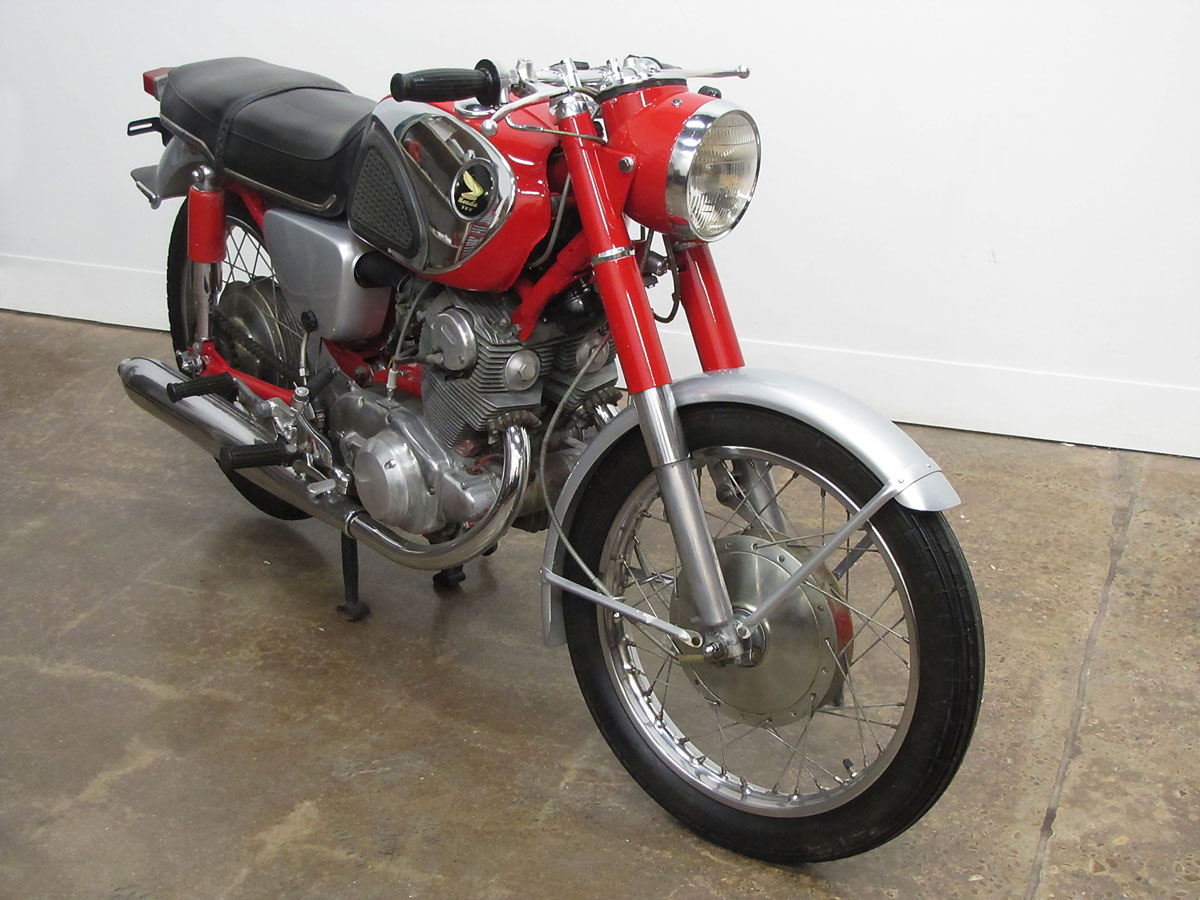




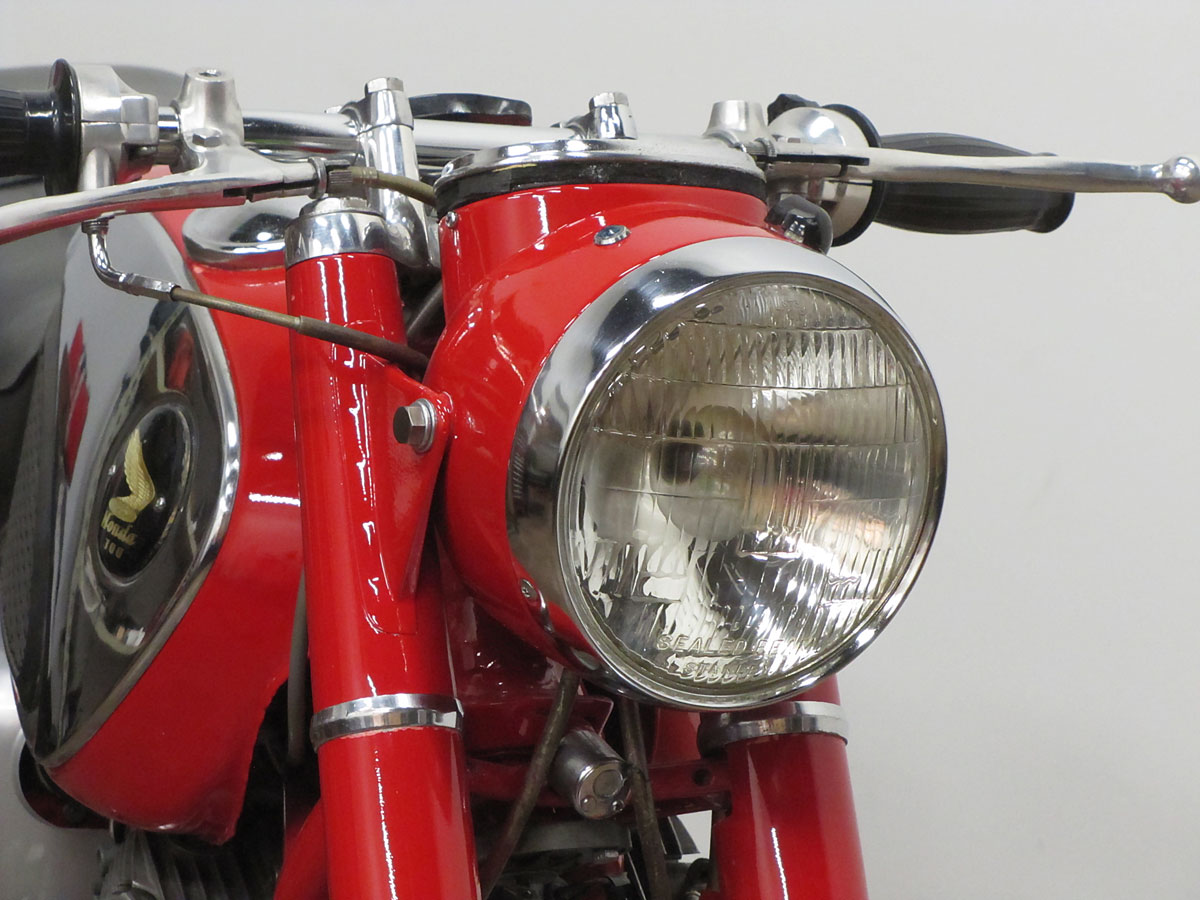



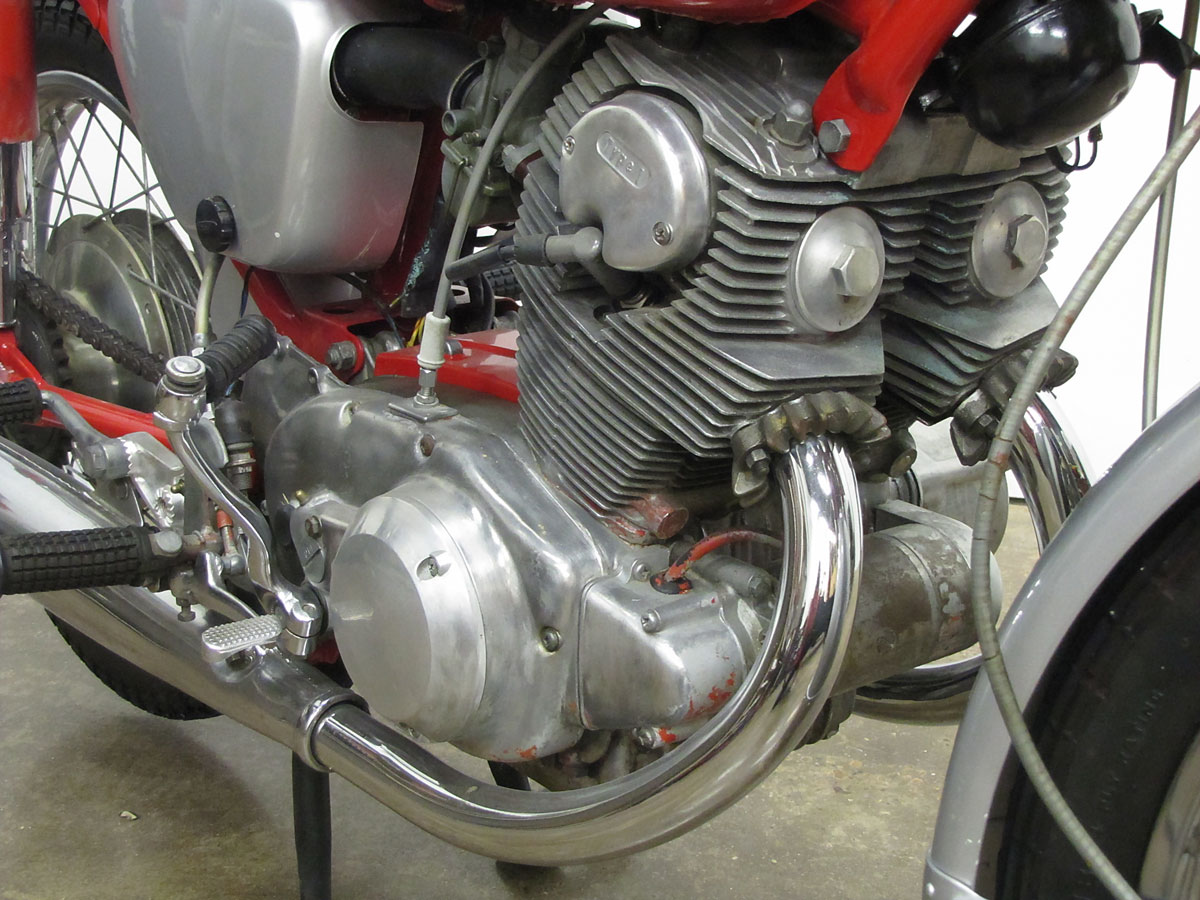



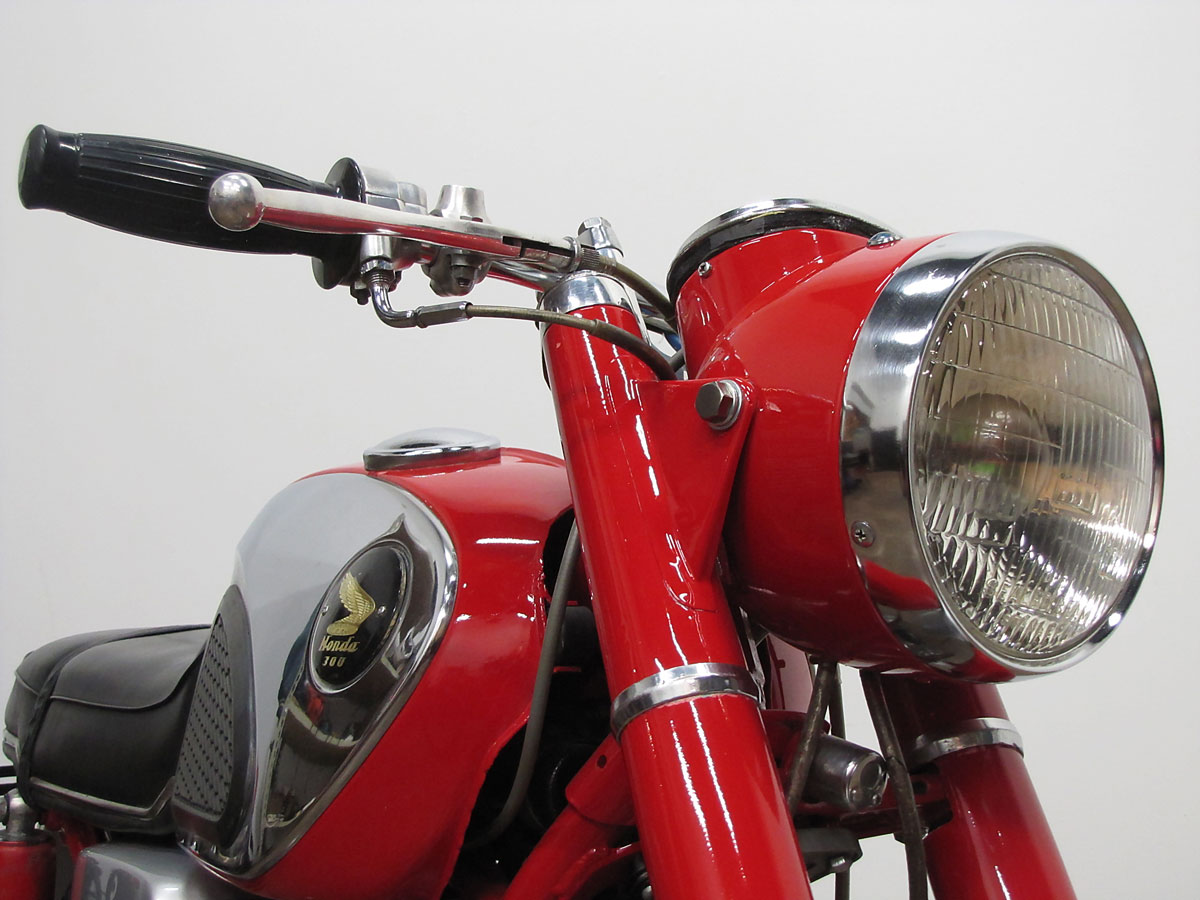

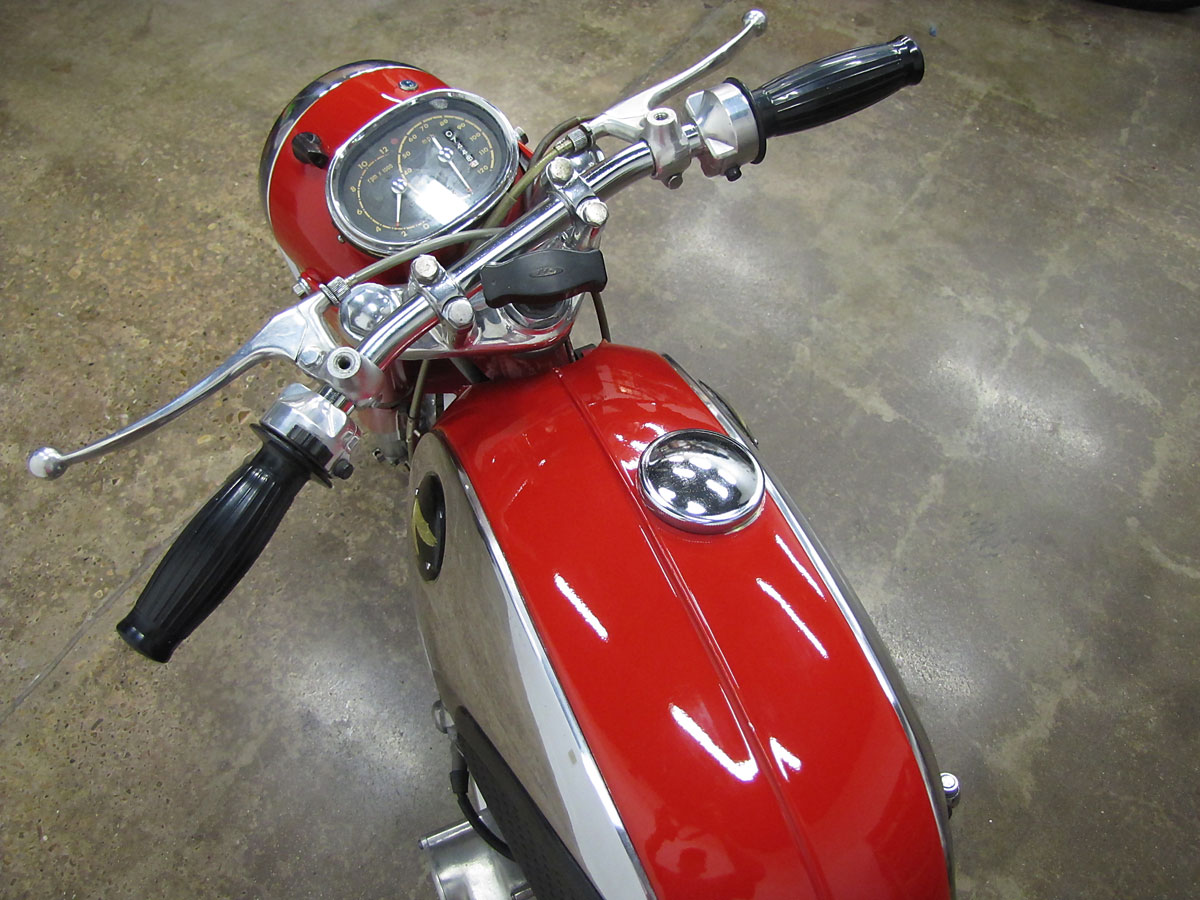
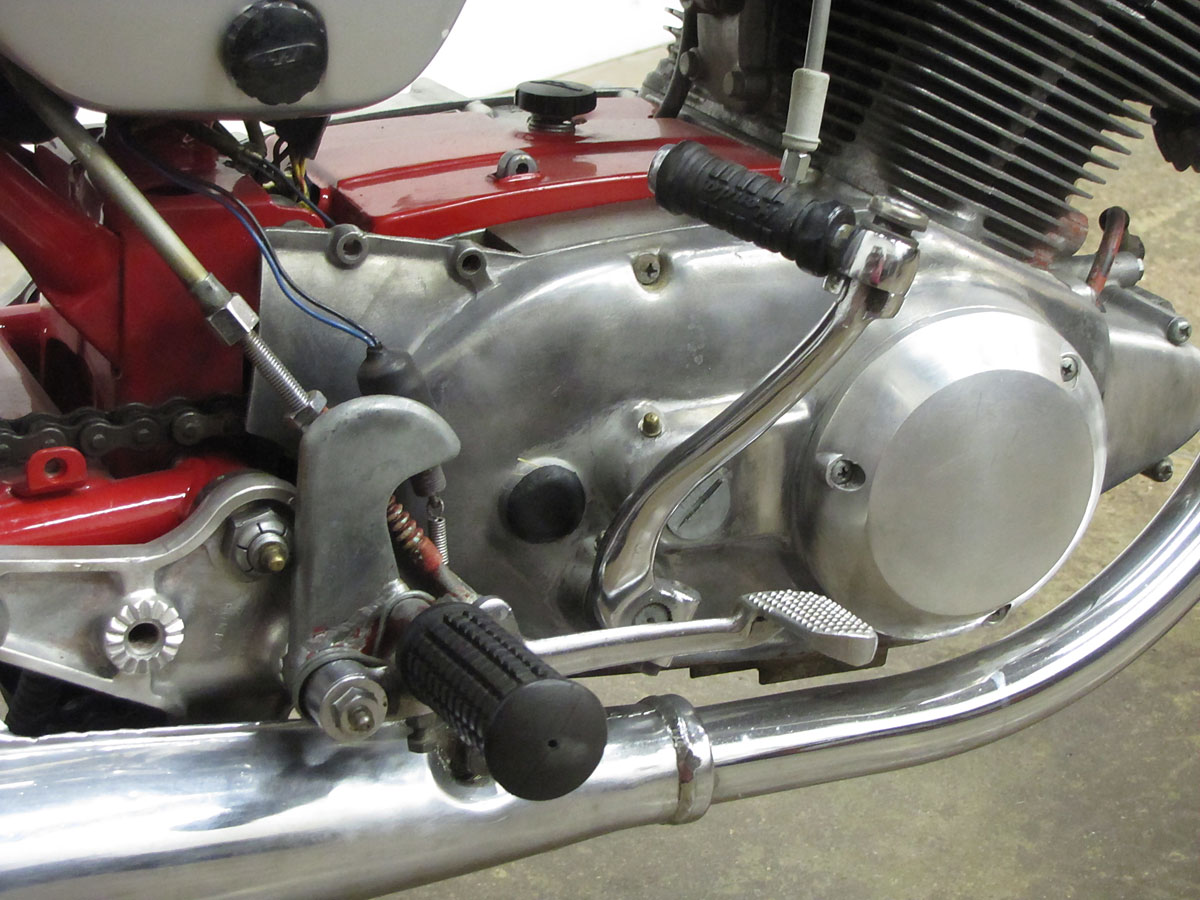

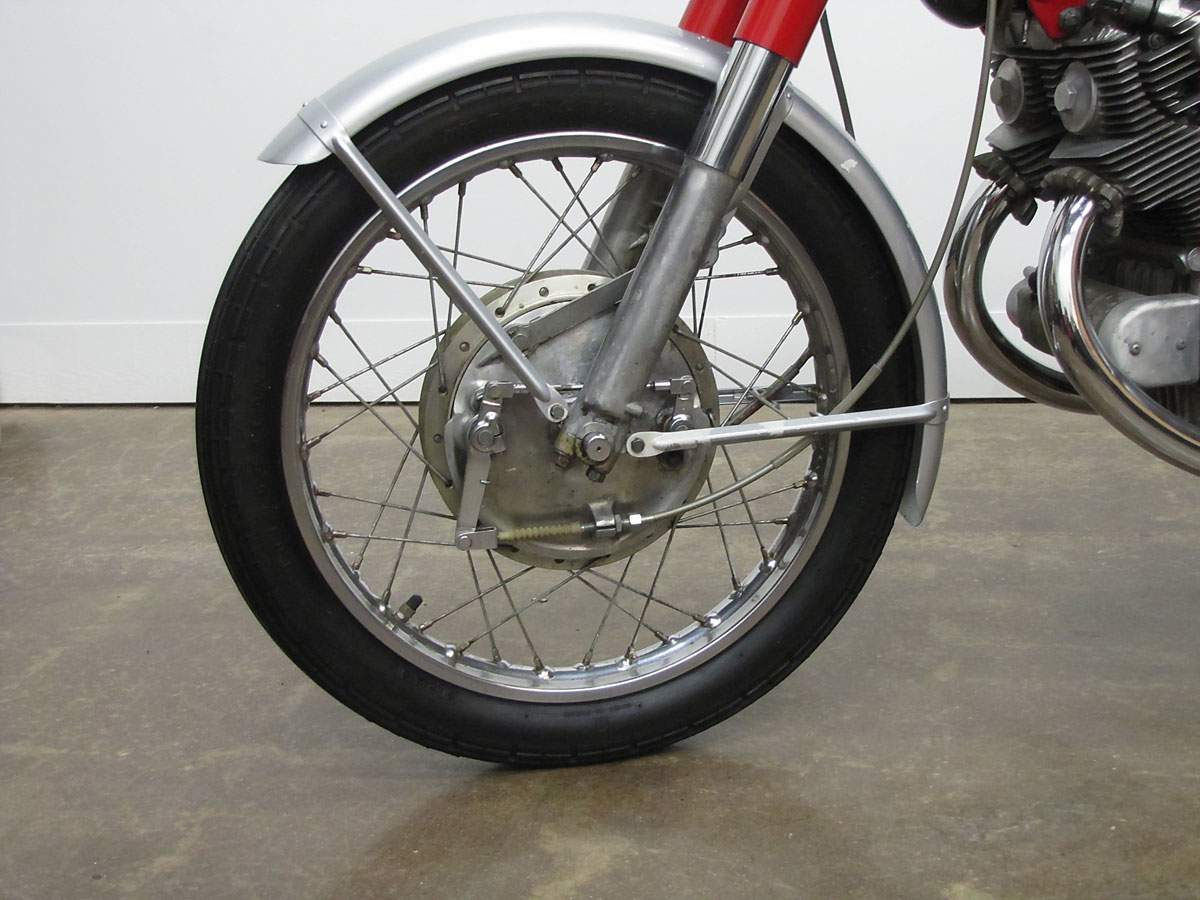

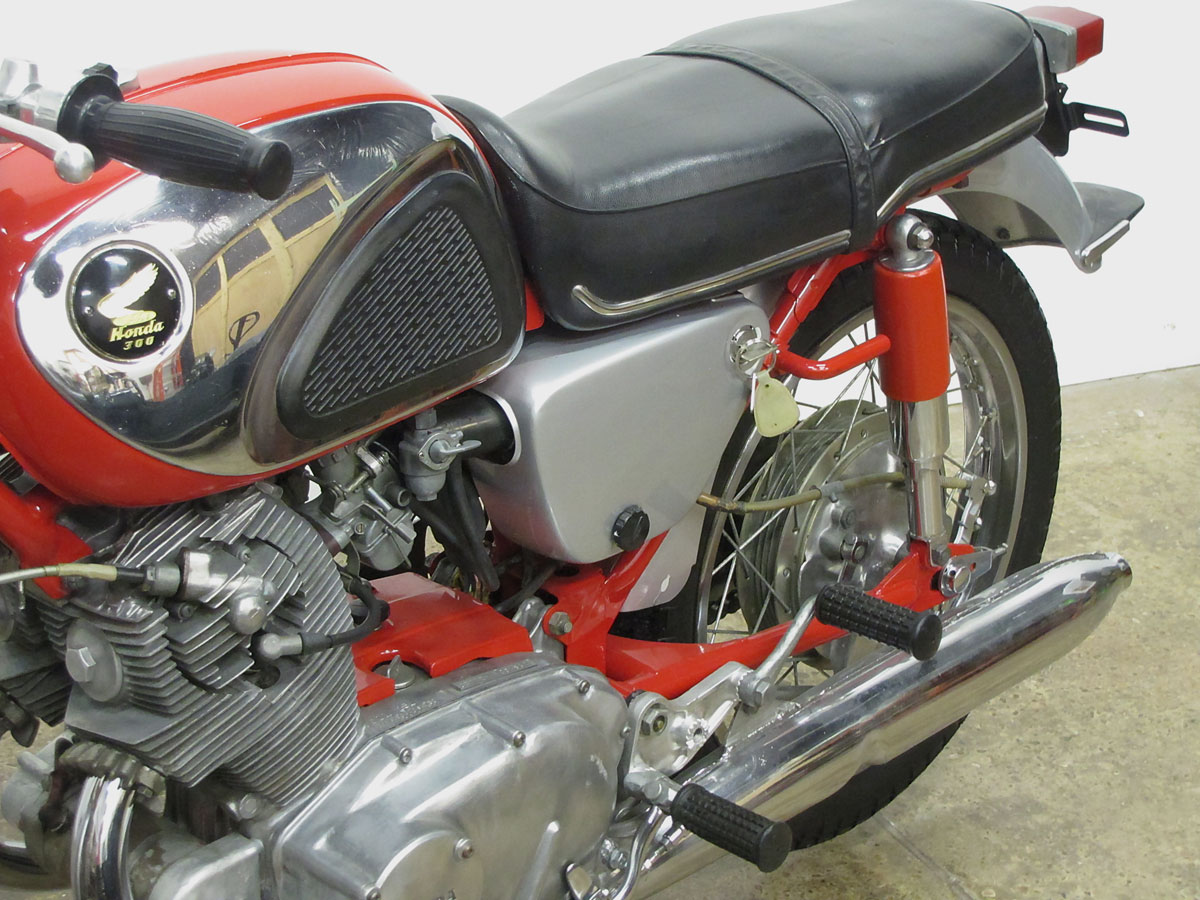
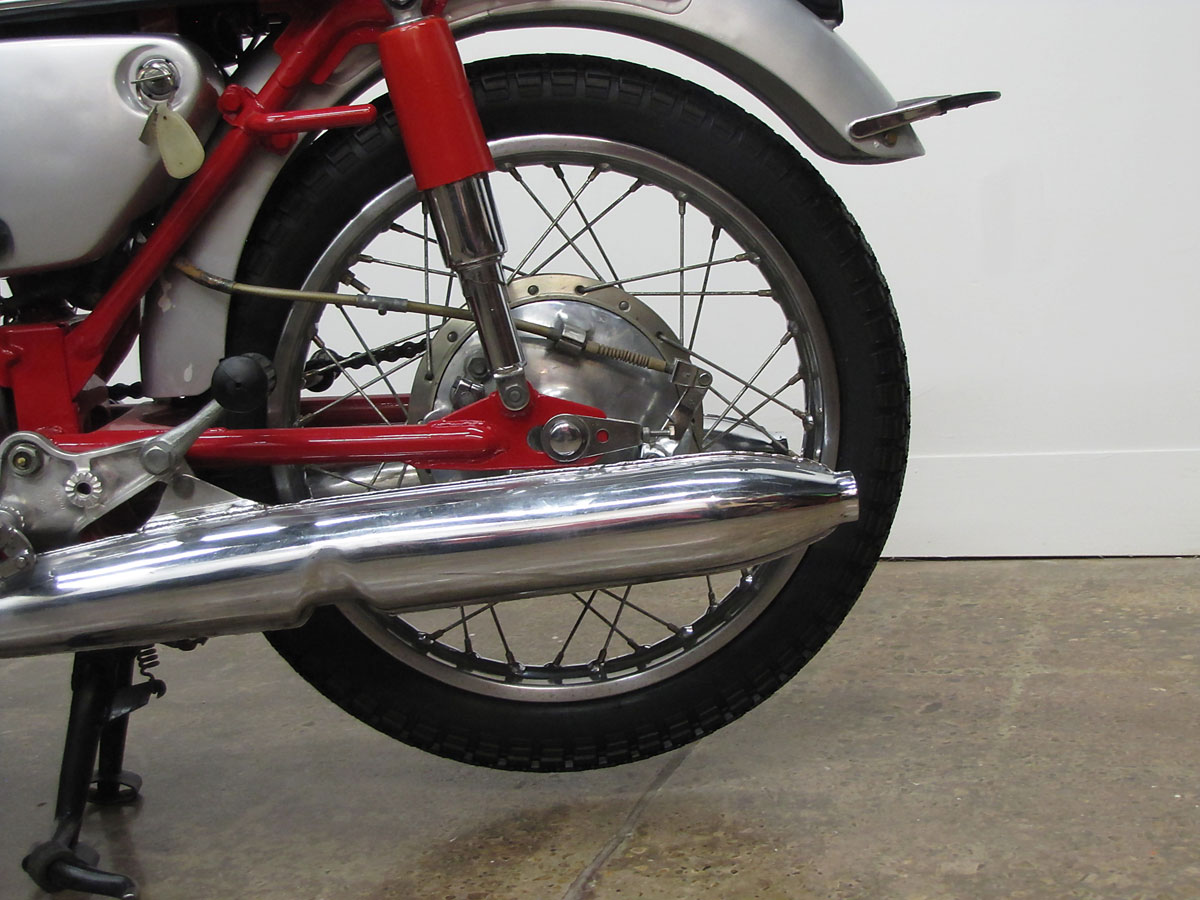




When John Sr. came back form aircraft welding school in California he brought the tins from American Motorcycle Engineering’s (AMEN) theft recovery of their 305 chopper show bike (front cover May 1968 Custom Chopper Magazine). He had helped them refine their jig tables.
We proceeded to build an upgraded version of the bike in John’s basement shop. I did the frame molding and paint and polished a lot of parts of the buffer.
It actually was a running and ride able bike. Chrome moly rigid framed, springer font end 305 SuperHawk. I wonder if it still exists?
Was this a green bike with a gas cap with a long neck?
These were great bikes, I had a few. As long as you didn’t leave it somewhere so humid that the rings would rust to the cylinders. You could run them to the red line as often as you dared, push them into a corner hard enough the rider usually ran out of courage before the bike ran out of traction, change rider footpeg location from upright riding to cafe position in about 4 minutes, swap 2nd & 3rd gear sets in an X pattern and get a close ratio trans, the list is almost endless. The only downside was it was about a 3/4 scale bike so it could be a little cramped.
Bought the exact same bike from a co-worker in 1967 for $200
It was an x-lent handling quality built, dependable cycle for around town commuting.
Never had any mechanical problem with it during a 3 year ownership.
60 mph was not a problem, but it was on the light side for highway cruising.
I can see it
bought mine new in june of 1967. she is still in my garage, straight stock, all oem, 14K, never touched or “restored”, one owner/original owner.
I bought my used 305 Super Hawk in 1971. Last used it in 1983, so my inspection sticker says. Want to start playing around with it again but have lost the registration and can’t remember the year of it. Does anybody know how to find out the year of it. Had a few cars in the 60’s also and I’ve got all the years mixed up.
Had one in 1964, drove 400 miles in a day, painful experience. It red-lined at 9000 rpm, but would go to 10,000 rpm before the valves “floated”. Guy I sold it to put in heavier valve springs and said it could go to 12,000 rpm. If you went through water, front brake would get wet and not grab. Needed to hold the brake on lightly until friction warmed it up and dried it out. A bit tricky to sync the carbs which were controlled by a Y shaped cable. Would love to have a chance to ride one again.
Had one in 1968/9. Very nice bike, excellent handling and it would monster most British 650’s. Quality of the castings was superb and, for it’s day, it was extremely well-equipped. Clean engine oil was essential and I found that it was a good idea to change the oil twice as frequently as the handbook said, or it would eat the piston rings; this was due to the tight tolerences when compared to British engines.
My pal had a 750 cc Norton. We’d switch off. He could not understand how my 05 cc Superhawk could keep up with him.